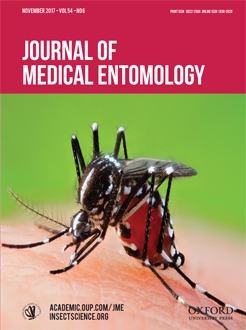Each biome has its own fauna and intrinsic local conditions that determine the succession patterns of insects on carcasses. For this reason, regional studies are very important to forensics. This study deals with the flies that visit carcasses of Rattus rattus (L., 1758) in the Atlantic Forest remnant of Floresta da Tijuca, Rio de Janeiro, Brazil. We compare the diversity and relative abundance of fly families and species throughout the four seasons of the year and test for correlations between certain environmental variables and fly richness. In each of the four seasons, we exposed the carcasses of three rats. The carcasses were put in traps that were installed on the ground, separated by 100 m. The flies were collected from the carcasses on a daily basis, and were taken to the laboratory and kept in a climate chamber (28 °C day and 26 °C night). A total of 5,537 flies were captured, identified into 12 families: Calliphoridae (4,884 specimens), followed by Sarcophagidae, Micropezidae, Fannidae, Muscidae, Phoridae, and Neridae. Canonical correspondence and redundancy analyses of the environmental variables indicated no relationship between the seasons and fly abundance. Carcass decomposition lasted longer in the winter (12 d) than in the summer (8 d). The Margalef richness index indicated higher richness in the spring and winter, and lower richness in the summer. The Shannon–Wiener index and Simpson dominance indicated greater diversity in the spring. Diptera colonized all stages of decomposition. The families Calliphoridae and Sarcophagidae were more prevalent during the Fermentation stage. Our data have important implications for forensic entomology.
How to translate text using browser tools
10 July 2017
Dipterofauna Associated With Rat Carcasses in the Atlantic Forest, Southeastern Brazil
R. P. Carvalho,
W.T.A. Azevedo,
A. L. Figueiredo,
C.S.S. Lessa,
V. M. Aguiar
ACCESS THE FULL ARTICLE
It is not available for individual sale.
This article is only available to subscribers.
It is not available for individual sale.
It is not available for individual sale.

Journal of Medical Entomology
Vol. 54 • No. 6
November 2017
Vol. 54 • No. 6
November 2017
decomposition stage
Diptera
forensic entomology
necrophagous insect
succession pattern




